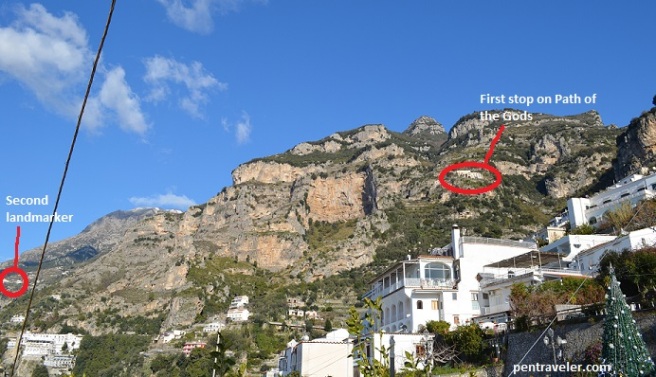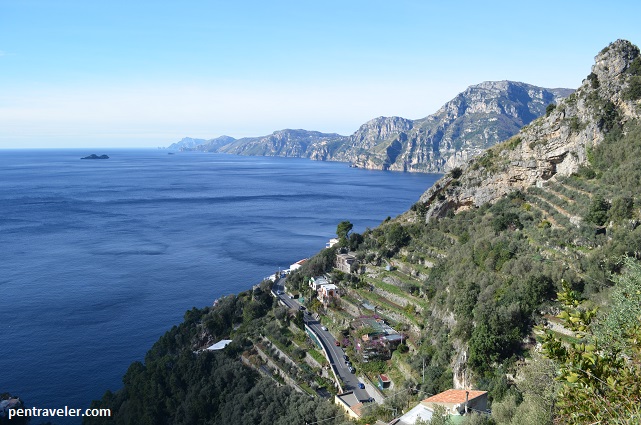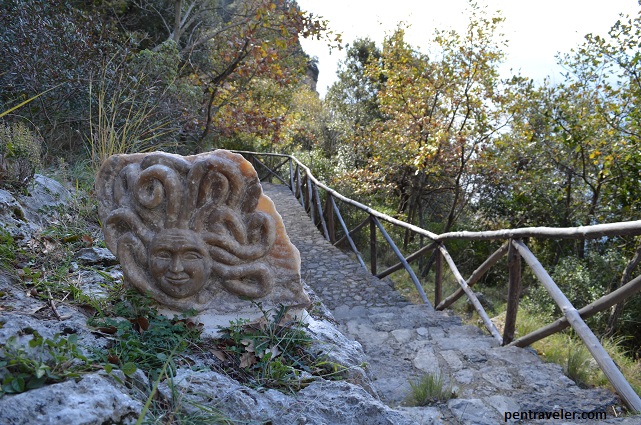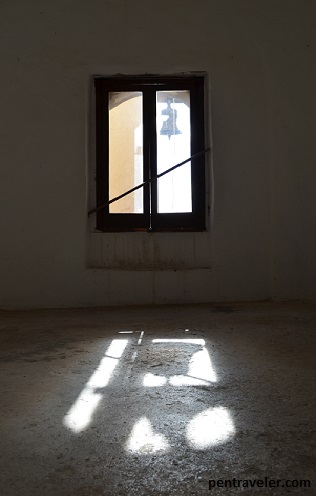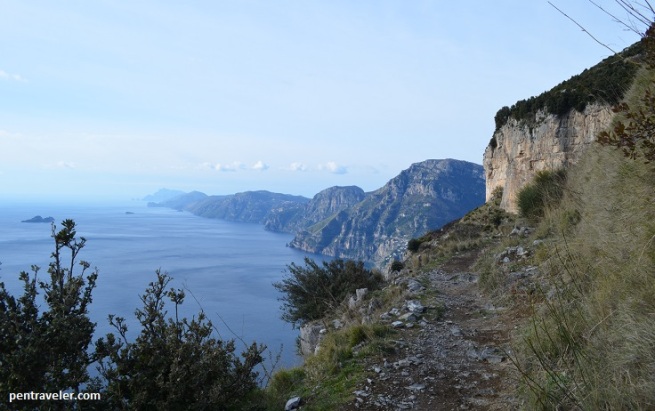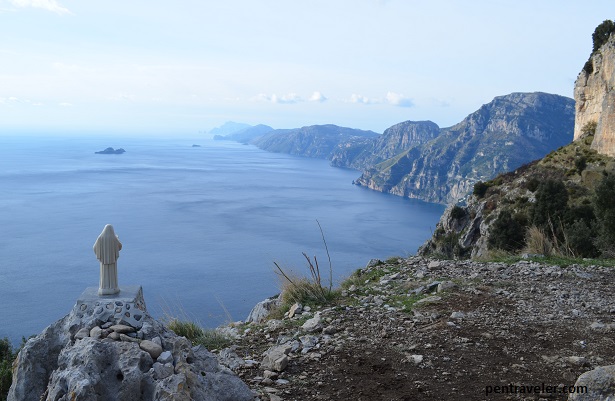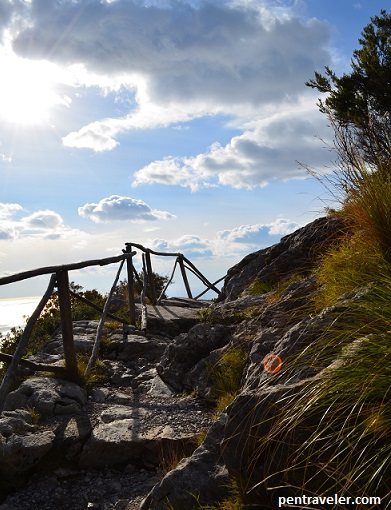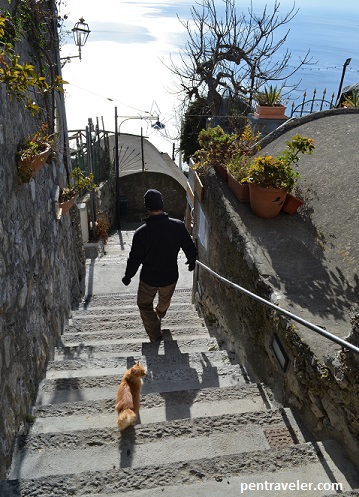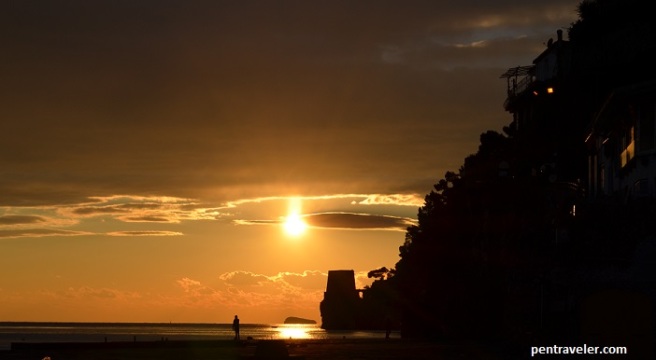Wildflowers burst along the side of the road and clear lakes sparkled in the warm sun. The scent of the pines covering the gently rolling hills filled the air. And just when I thought life couldn’t possibly be more spectacular in the far northern wilderness of Minnesota along the Gunflint Trail, I was caught in a sudden hailstorm—both humbled and proved completely right. Life is spectacular here.
Although I grew up in the Twin Cities, I’d never ventured farther than Two Harbors when I was younger. Thankfully, two of my siblings have spent decades exploring Minnesota and know where the treasures are tucked away—which is how I came to Grand Marais.
A town of 1,300 people just 40 south of the border with Canada, Grand Marais is many things: Coolest small town in America, French butter scones at The Pie Place, a haven for angry seagulls, jumping off point for gorgeous waterfalls and hikes, and a gateway to the endless Boundary Waters.

Grand Marais is also the start of the Gunflint Trail, a very old route for the Ojibwa, the original people of northern Minnesota, and from the 1700s, a trading/traveling route for the early Europeans on the continent. Today, the Gunflint Trail is a route into the wilderness—which you know because you pass a sign with an old-timey voyageur carrying a canoe and a bear in a boat as you turn onto County Road 12 from downtown Grand Marais. And then another trail sign for good measure on a water tank with a moose.
The Gunflint has enough experiences to keep you enthralled for weeks, and enough draw to keep me longing for it even now, weeks back home. If I had to choose (so hard to choose!), here are my Top Five on the Gunflint:
1. Canoe and portage the Boundary Waters Canoe Area.
A 1,090,000-acre wilderness of lakes separated by slivers of forest, hills and glacier-carved rocks, the Boundary Waters stretches from Lake Superior 150 miles west to Voyageurs National Park. With canoes rented from Stone Harbor Outfitters in Grand Marais and my brother’s 10-year-old Princess Pug who had never spent a day hiking in her life, we were totally prepared and excited to explore a small piece of the wilderness.

Our route was simple on paper: Clearwater Lake-portage-Caribou Lake-portage-Little Caribou Lake-portage-Pine Lake-Johnson Waterfalls-return. (I swear, on a map, it looks both short and easy.)
Fifteen seconds into the first portage, we realized this was not going to be so easy. First, although the canoes only weighed 40 pounds, we didn’t have shoulder pads for carrying them (major mistake!), so the wood bit into muscles. Second, the portage path was a mud slush over our ankles for nearly 1 mile on the first portage. Third, Princess Pug decided trotting through mud was something she definitely did not want to do.
But being three out of four hardy Midwestern stock, and one very in-shape East Coaster—well, and one city-only-ever-until-now Pug—we sucked it up and took turns portaging the canoes and the pug, trudging through the mud. All of which was immediately forgotten on heavenly Caribou Lake, with its glassy water and only the sounds of birds and the breeze for company.

Seven hours and fourteen miles later (never believing deceptively easy maps again!), we treated ourselves to 12-inch malts at quirky Trail Center restaurant while the now thoroughly muddy Adventure Pug slept in the car.
2. Discover movie-perfect lodges and quirky restaurants.
Tucked away along the Gunflint Trail are very Northern Minnesota quirky and delicious restaurants catering to locals as well as explorers. If you like beer-battered walleye and wild rice, you will be in heaven. And if you don’t like those two Minnesota staples, please just go on to Wisconsin.
In addition to perfect malts, Trail Center Restaurant has to-die-for bread pudding French toast with pumpkin-spiced maple syrup. If I ever had to eat only one food ever, this would be it. I might end up weighing something like a baby elephant, but I would be happy. And baby elephants are adorable anyway. Trail Center also has 14-inch round, 2-inch thick flapjacks, for which they offer: Eat 3 and they’re free!

Further down the road, the Gunflint Lodge looks like it’s from the setting of a romantic comedy—beautiful wood lodge right on a stunning lake. This one just happens to look across to Canada. (Plot line: Minnesota fisherwoman bumps into Canadian fleeing via the lake. Big reveal: it’s Justin Trudeau! You’re welcome, Hollywood!) The lightly beer-battered walleye with mango chutney and wild rice are as dreamy as the scenery.

3. Look for wildlife during a drive along the Gunflint Trail.
Lupine and other wildflowers (invasive but beautiful) line the roadside, and lakes peak through the pines. In the winter, moose are often sighted licking salt from the road at night.
As my brother the Minnesota birder told us how he’s never seen a lynx in the wild, we crested a slight hill on the Gunflint Trail and in front of us on the road lay—a lynx, clearly injured. At up to 40 pounds and three feet long, these brown and white wild cats are a federally threatened species and roam just a few remote parts of Minnesota. Which doesn’t stop many people from thinking they see them frequently in their backyard, calling the DNR to report a lynx when really it’s just Puddles the Neighbor’s Cat.
We watched as this massive cat staggered to its feet, a paw bent fully backward, and all winced for the animal. Thankfully, it hobbled off the road to avoid further injury, and my brother called the DNR to assist as soon as we got back to service.

4: Revel in Mother Nature’s summer randomness.
Just a few miles before the Gunflint Trail ends at Gull Lake, my friend and I rented a canoe for a leisurely afternoon paddle on Seagull Lake around on its many islands, sure it would be another gorgeous day like earlier in the week with my brother.
Except as we paddled out, we struggled to maintain forward movement into waves from 10-15 mph winds. And then dark clouds appeared on the horizon. And then we were a little lost in the many islands.
Just as lightening appeared in the much-closer and getting-darker clouds, we docked on a small island and identified the best rock and pine to huddle under. Within minutes, pea-sized hail pelted the ground as thunder shook my bones. The downpour soaked through our pine covering as we watched the islands disappear behind a sheet of rain.
With what looked like a short break in the clouds, we speed-paddled back to the dock, only to get soaked by another wall of rain.
But then, just as quickly, the clouds moved on, and we were back to sunshine and glassy water. I couldn’t help but laugh at the changing weather. Mother Nature in the summer in Minnesota never fails to surprise.

5: Watch the sunset at Honeymoon Bluff.
From Clearwater Road, the pull-off for a short hike up to Honeymoon Bluff is a perfect end to a day on the Gunflint. From a rock outcropping high above Hungary Jack Lake, the sun sets over the pines and the world glows a soft gold to pastel pinks and blues.

I long to be back there now, exploring hidden treasures in the sweet air and ever-changing skies. After two amazing Minnesota summer trips in a row, I’m already dreaming of where to explore next in my long-ago home state.











